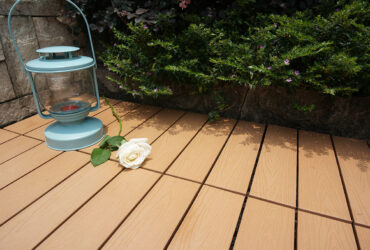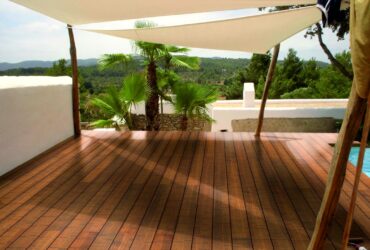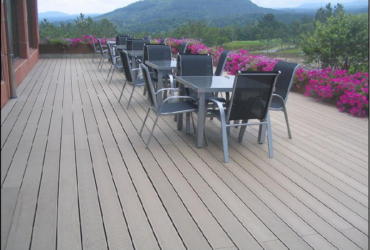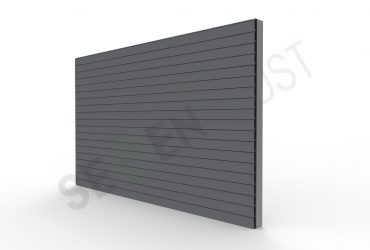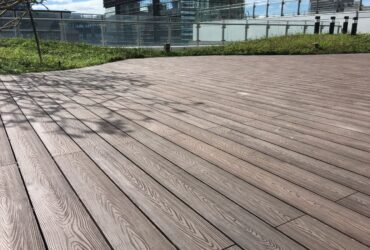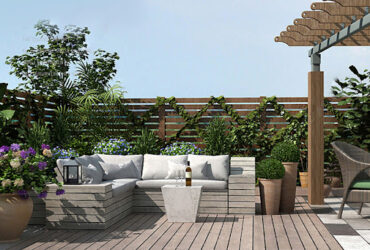The Basic Situation Of Plastic And Its Application In Wood Plastic
- Basic types of waste plastics
- Waste plastic recycling
- Types of plastics and processing techniques used in WPC products
- Solutions to problems encountered during productio
Basic types of waste plastics.
Commonly used waste plastics are PE, PP, PVC, PET, EPS, PA, ABS
1.PET polyethylene terephthalate is also often referred to as polyester and is commonly found in PET bottles.
Features: The molecular structure is highly symmetrical and has certain crystal orientation ability, so it has high film-forming and forming properties. PET has good optical properties and weather resistance, and amorphous PET has good optical transparency. In addition, PET has excellent abrasion resistance, dimensional stability and electrical insulation. Bottles made of PET have high strength, good transparency, non-toxicity, anti-penetration, light weight and high production efficiency, so they have been widely used.
2.HDPE PE is basically divided into three categories, high pressure low density polyethylene (LDPE), high density polyethylene (HDPE) and linear low density polyethylene (LLDPE). Films are its main processed products, followed by sheets and coatings, hollow containers such as bottles, cans, barrels, and other various injection and blow-molded products, insulation and sheathing of pipes and wires and cables, etc. Mainly used in packaging, agriculture and transportation sectors, etc.
HDPE High Density Polyethylene Commonly found in lotion containers, milk bottles, supermarket plastic bags.
LDPE Low Density Polyethylene is commonly found in tube packaging of toothpaste or facial cleanser.
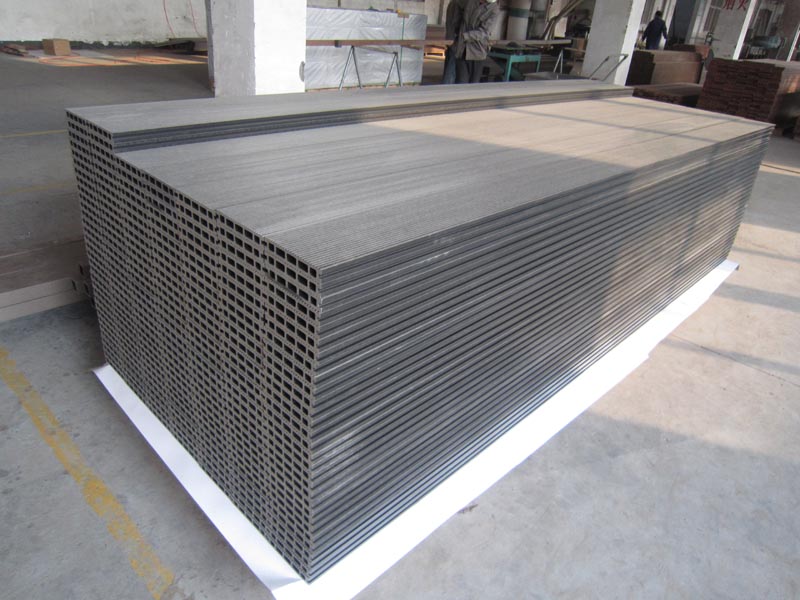
3. PVC polyvinyl chloride - such as: water pipes, curtains, credit cards, packaging, water bottles, soft film.
PVC polyvinyl chloride is commonly found in pipes, outdoor furniture, raincoats.
4.PP polypropylene polypropylene is common in bottle caps, straws, microwave food boxes.
Features: Cheap, light, good processability and versatile, the development of catalysts and new processes further promotes the expansion of application fields, main uses: woven bags, tarpaulins, durable consumer goods: such as automobiles, home appliances and carpets, etc.
5. PS polystyrene is divided into unfoamed or foamed. Unfoamed is Styrofoam, which is commonly found in some beverage containers (such as Yakult); foamed foam is commonly known as styrofoam, which is commonly used in packaging rubber granules, disposable thermal insulation cups, packaging frozen meat containers, and lunch boxes.
Features: Excellent electrical insulation (especially high frequency insulation), colorless and transparent, second only to plexiglass in light transmittance, coloring and water resistance, good chemical stability, general strength, but brittle, easy to produce stress embrittlement , Not resistant to benzene, gasoline and other organic solvents. Suitable for making insulating transparent parts. Decorative parts and chemical instruments. Optical instruments and other parts.
6.Other recyclable plastic products include polymethyl methacrylate (PMMA) acrylic.
Uses: lighting fixtures, signboard advertisements, building doors and windows, partition stair slabs, lighting wave boards, roof lighting covers, architectural decorations Boards, furniture, common products, electrical machinery industry parts (machine transparent covers, safety helmets, optical transparency, polycarbonate (PC), polylactic acid (PLA), nylon (Nylon) and glass fiber reinforced plastic (FRP), modified Polystyrene, plastic, high impact polystyrene (non-brittle glue), general purpose polystyrene, nylon polyamide, polyoxymethylene, steel, plexiglass, acrylic, polycarbonate - (ballistic rubber) biaxial Polylactic acid film (BOPLA), etc.
Waste plastic recycling
With the increasing consumption of plastic products, the output of waste plastics is also gradually increasing. In addition, the annual consumption of plastics for automobiles in my country has exceeded 400,000 tons, and the annual consumption of plastics for electronic appliances and home appliances has reached more than 1 million. tons, these products become one of the important sources of waste plastics after they are scrapped. The storage, transportation and processing of a large number of waste plastics, if the application and post-processing of waste plastic raw materials waiting to be processed are not properly handled, will inevitably damage the environment and endanger the health of the people.
Several recycling applications for waste plastics:
1 recycled material
With the rising in global crude oil prices, the price of plastic products, one of petroleum derivatives, has naturally risen, and the recycling of waste plastics has also been mentioned as the primary position. The recycling of waste plastics has been widely adopted by modern industrial enterprises. After the waste plastics are manually screened and classified, they also undergo processes such as crushing, granulation, modification, etc., into various transparent and opaque plastic particles, which are then classified according to their appearance, and finally become recycled materials that can be reused.
This method is also used for plastic recycling in the wood-plastic industry.Seven Trust wood-plastic mostly uses high-density polyethylene (HDPE) in the production process, that is, cable materials. According to the comprehensive consideration of the market, the wood-plastic products produced by PE materials have the best performance.
2 Fuel Initially, plastic recycling was largely landfilled or incinerated, resulting in a huge waste of resources. Therefore, the current mainstream method in most countries is to use waste plastics for blast furnace injection instead of coal, oil and coke, for cement rotary kiln instead of coal to burn cement, and to make waste solid fuel (RDF) for power generation, The effect is ideal.
RDF technology was originally developed in the United States. In recent years, in view of the shortage of landfills in Japan, the serious corrosion of HCI to boilers when incinerators treat chlorine-containing waste plastics, and the production of dioxins during the combustion process to pollute the environment, the high calorific value of waste plastics is used to mix various types of waste plastics. After the combustible waste is made into RDF with a calorific value of 20933kJ/kg and a uniform particle size, even if the chlorine is diluted, it is also convenient for storage, transportation and for other boilers and industrial kilns to burn substitute coal.
The blast furnace injection waste plastic technology is also a new method of treating waste plastics by using the high calorific value of waste plastics, making waste plastics as raw materials into suitable particle size and injecting them into blast furnaces to replace coke or pulverized coal. The application of waste plastic injection in foreign blast furnaces shows that the utilization rate of waste plastics is 80%, the emission is 0.1%-1.0% of the incineration amount, the harmful gas is less, and the treatment cost is low. The blast furnace injection technology of waste plastics has opened up a new way for the comprehensive utilization of waste plastics and the treatment of "white pollution", and also provides a new means for metallurgical enterprises to save energy and increase efficiency. Germany and Japan have had successful applications since 1995.
power generation
Waste solid fuel power generation was first applied in the United States, and there are 37 RDF power stations, accounting for 21.6% of waste power stations. Japan has realized the huge potential of waste plastic power generation. In Japan, some small waste incineration stations have been changed to RDF production stations in conjunction with the overhaul, so that continuous high-efficiency large-scale power generation can be carried out after centralized, so that the steam parameters of the waste power station have been increased from 30012 to about 45012, and the power generation efficiency has been increased from the original 15% to 20% -25%.
Types of plastics and processing techniques used in WPC products
Most of the Seven Trust wood plastic meshes use high-density polyethylene (HDPE), that is, cable materials. According to the comprehensive consideration of the market, the wood-plastic products produced by PE materials have the best performance.
Basic introduction to HDPE
Properties: natural color, cylindrical or oblate particles, smooth particles, particle size should be 2 mm ~ 5 mm in any direction, no mechanical impurities, thermoplastic. The powder is white powder, and the qualified product is allowed to have a slight yellow color. It is insoluble in common solvents at room temperature, but can swell in aliphatic hydrocarbons, aromatic hydrocarbons and halogenated hydrocarbons when exposed to it for a long time, and is slightly soluble in toluene and acetic acid at temperatures above 70°C. Oxidation occurs when heated in air and under the influence of sunlight. Resistant to most acid and alkali erosion. It has low water absorption, can still maintain softness at low temperature, and has high electrical insulation. [1]
Production process: two production processes of gas phase method and slurry method are adopted. [1]
Uses: Use injection molding, blow molding, extrusion molding, rotomolding and other molding methods to produce film products, daily necessities and various sizes of hollow containers, pipes, packaging, calendering belts and tie belts, ropes, fishing nets and weaving. Fiber, wire and cable, etc.
Processing: Due to the incompatibility between wood flour and plastics, in order to make them more compatible, we need to add some additives to increase the bonding performance during production, such as compatibilizers or coupling agents, compatibilizers generally refer to horses The principle of grafted PE with acid anhydride is that one end of the molecule is connected to wood powder, and the other end is connected to plastic. However, the effect of the coupling agent is also very good. Its principle is to use the aluminate or titanate coupling agent for the wood powder first, and treat it in a high-speed mixer for at least half an hour to make the wood powder hydrophilic. It is lipophilic, so that the plastic can better coat the wood flour during the granulation process. Increase the strength of its wood-plastic board.
Solutions to problems encountered during production
The plate is not straight
First of all, it is necessary to check whether the shaping die and the die are aligned. In general, the upward bending of the wall panel may be because the shaping die and the die are not aligned, and the position is high; while the wall panel is bent downward because the shaping die appears. low condition.
When the die and die have been aligned, check whether the water cooling tank, traction and saw table are aligned with the die.
After these reasons are ruled out, there may be two other reasons:
①The cooling degree of pvc wallboard products is not enough, and the second is that the temperature after the water cooling tank is still relatively high, and it is distorted under the condition of external force. If the water temperature is not good, the production speed will be directly reduced;
②The speed of discharging on both sides is inconsistent. Adjustment method: adjust the temperature on both sides of the mold to the same and observe for half an hour. If there is no change to see which side of the discharging speed is slow, increase the temperature of which side by a few degrees, or which side will be discharged. As soon as possible, lower the temperature by a few degrees.
Partially uneven PVC wall panels
Generally, the local unevenness of the wallboard mainly occurs in the vacuum forming section of the forming mold. If the degree of vacuum is not enough, or the cooling water of the setting mold is not enough, the adjustment method is to increase the amount of cooling water in this part, and increase the degree of vacuum through water sealing to speed up the cooling rate of wallboard products. If the local water is open to the maximum and is still not level, then remove the setting die to clean up its vacuum path.
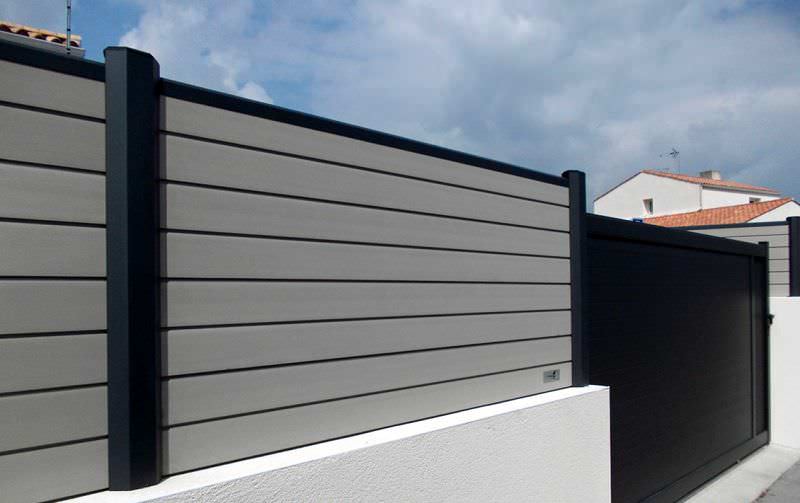
The overall surface of the wall panel is not smooth
The reason is that the overall temperature of the mold is too high or the vacuum pump of the extruder is not working properly. Adjustment: lower the temperature of the mold by a few degrees as a whole or clean the vacuum pump of the extruder.
cracked wall panel
Check to see if the wallboard is damaged and flooded. Or the content of lubricants in the formula is too high, especially the amount of external lubrication is too high. Or use a relatively inferior stabilizer, the amount of internal and external lubrication is too much, and the stabilizing component is too small.
The density is too high, the foaming is not good
First of all, check whether the lubrication is balanced, and the lubrication is too much, causing the melt strength to decrease, the cells to become larger, and the density to increase. Once again, you can appropriately reduce the amount of foaming agent or increase the amount of regulator to see if there is an effect, and adjust it according to the feedback.
Surface wave pattern
The main reason is the uneven discharge. The reasons for the uneven discharge are: excessive plasticization and too soft melt; uneven material flow; mismatch between traction and extrusion; excessive melt strength and rebound, etc.
We can solve this from the following aspects:
- Process:
1) Reduce the production speed, such as screw speed, feeding speed, etc., and appropriately increase the traction speed; in production, sometimes the wave pattern disappears by adjusting this way.
2) Reduce the extrusion temperature, especially the temperature in the plasticizing section of the third and fourth zones. Many companies that currently produce wall panels use small pipe materials, plastic steel materials or foamed sheet materials for production. These materials are secondary processing materials, and plasticization is extremely fast. Appropriate reduction of plasticization has certain benefits for production and product stability.
- Equipment:
1.Increase the clearance of the screw, appropriately reduce the shear, and slow down the plasticization;
- Clean the die head and carry out polishing treatment, especially at both ends of the die, so that the molten material flows smoothly.
- Check that there is a problem with the mold, such as forgetting to install the positioning pin, or whether there is a problem with the screw, such as non-concentricity, etc., which will cause the material flow to be biased, generally only on the side with more material, and it is difficult to eliminate it by adjusting the formula.
- In terms of formula:
- Appropriately increase the amount of external lubrication and reduce the amount of internal lubrication, but do not adjust too much
- On the premise of not affecting the foaming, the foaming regulator can be appropriately reduced or the foaming regulator with a smaller melt strength can be selected. This situation is limited to the case where the melt strength is too large to prevent the material from exiting the die. Due to the excessive strength of the melt, it rebounds and forms wavy lines.
poor toughness
The first is to use too many secondary materials such as plastic steel materials and small pipe materials. Secondly, consider whether the amount of external lubrication is too high, especially if cheap stabilizers are used. In order not to paste, the amount will increase, which will lead to too much external lubrication in the overall formula. Consider again whether the plasticization of the PVC material is in place. Poor plasticization or over-plasticization will make the product brittle. Finally, if these problems are ruled out or the toughness is not enough, the toughening modifier CPE-135A can be appropriately added.
In the production process of pvc wall panels, attention should be paid to the state of the equipment, surrounding hygiene and discipline. The equipment status should be paid attention to (1) whether the current of the main engine and the pressure of the machine head are suitable (2) whether the temperature on the temperature control table and each ammeter can work normally (3) whether the temperature of the main motor and the gear box is too high (4) ) Whether the vacuum pump is normal (5) Whether the thermocouple of the mold can be inserted to the end (6) Whether the water and electricity are normal.

